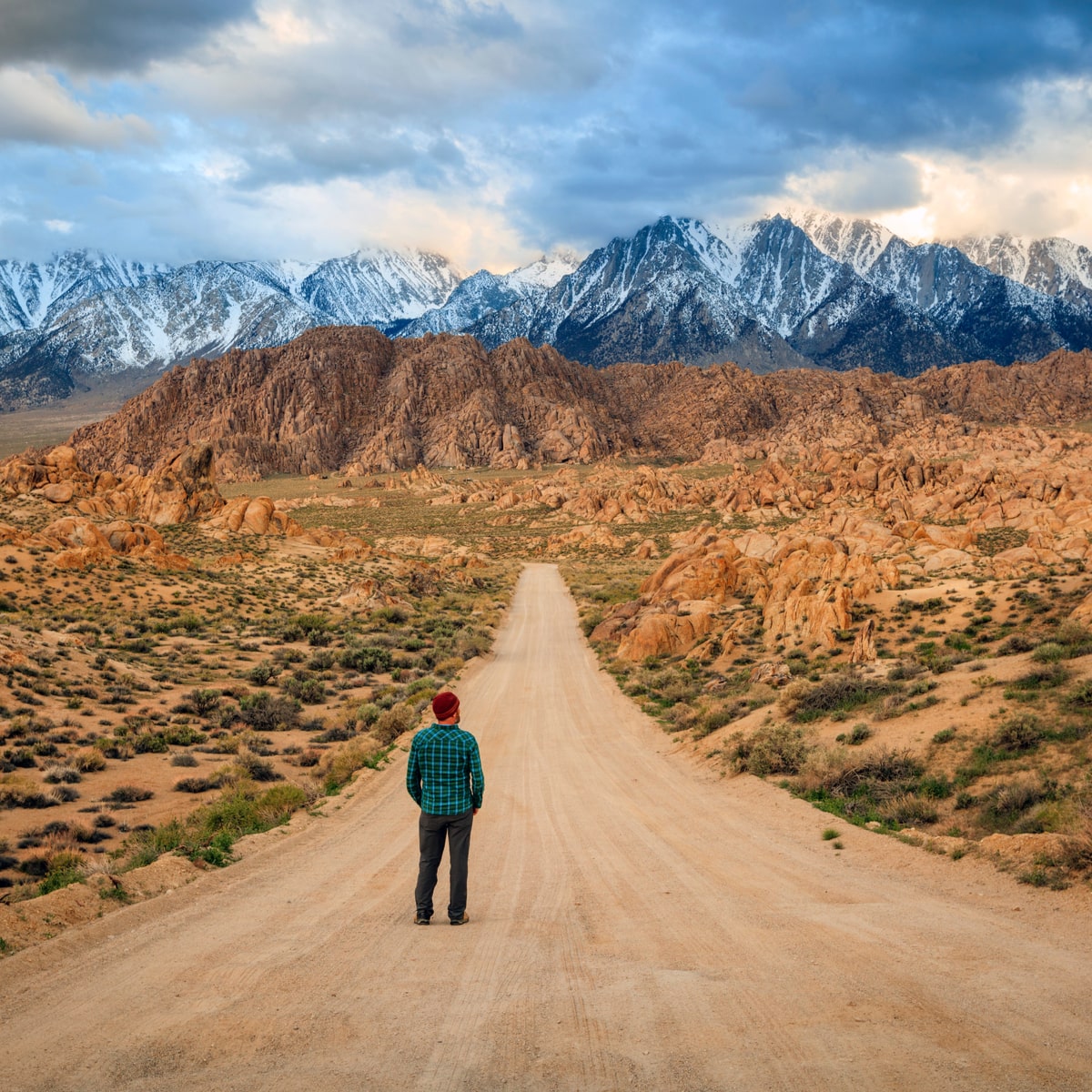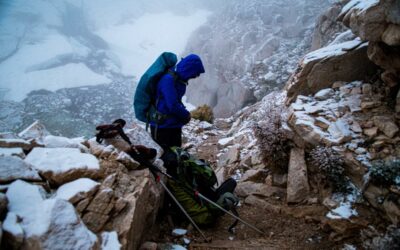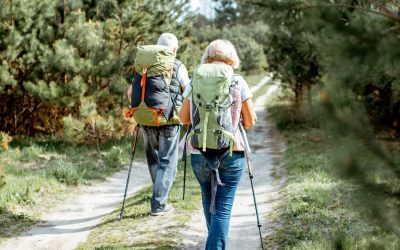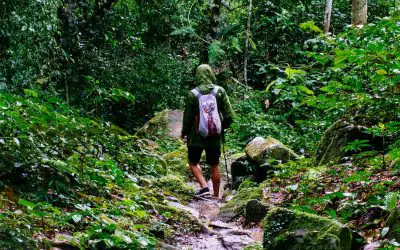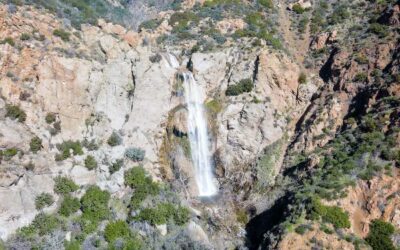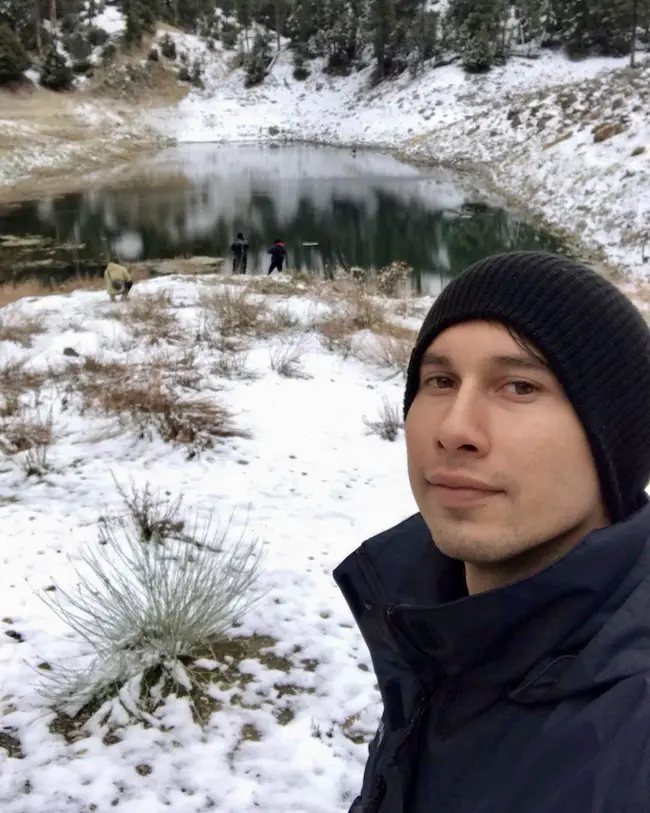Hiking with a group or a friend isn’t always possible. People are busy, but that shouldn’t stop us from enjoying the great outdoors. Solo hiking can be extremely peaceful and rewarding when done safely.
If you feel ready to get out there on your own I have great news. I took out my notepad and came up with the 10 most essential tips that will help you stay safe on your solo hikes. Let’s get started!
Tell Someone Reliable Where You’re Going

This is arguably the most important rule and why it’s number one on my list. Notice the word reliable in the heading. You don’t want to tell someone who’s going to completely forget you were even out in the first place. Believe me, it’s possible.
This is exactly how I go about this. I literally write down or text someone the exact name of the location I’m planning to visit as well as the trails I intend to travel on.
Then I tell them, “if I don’t text you back by a certain time, let’s say 8pm, text me. If I don’t reply within an hour I’m probably lost or injured and I need help so call 911.”
Choose a time that will give you leeway in case you decide to stay a little longer in the outdoors. For example, if you plan on getting back by 4pm tell them you’ll send them a text by 7pm, because you never know, you might just feel the need to stay out a little longer.
Check The Weather Before Your Hike

It can be very easy to overlook this guideline especially if you live in a place like California where it’s sunny 99% of the time. However, you’ll be surprised how fast nasty weather can form in the mountains.
You don’t want to be caught in a thunderstorm while hiking alone. Flash floods are a real danger and lightning can be as well. Which reminds me, if you want to be well prepared and know exactly what to do if you get caught in a thunderstorm, check out this post I wrote by clicking right here.
When it comes to weather and hiking alone it’s best to stay home if you see any chances of rain, snow, or high winds. It’s not worth the risk.
Go on solo hikes only if you see good weather in the forecast.
Take All The Necessary Gear
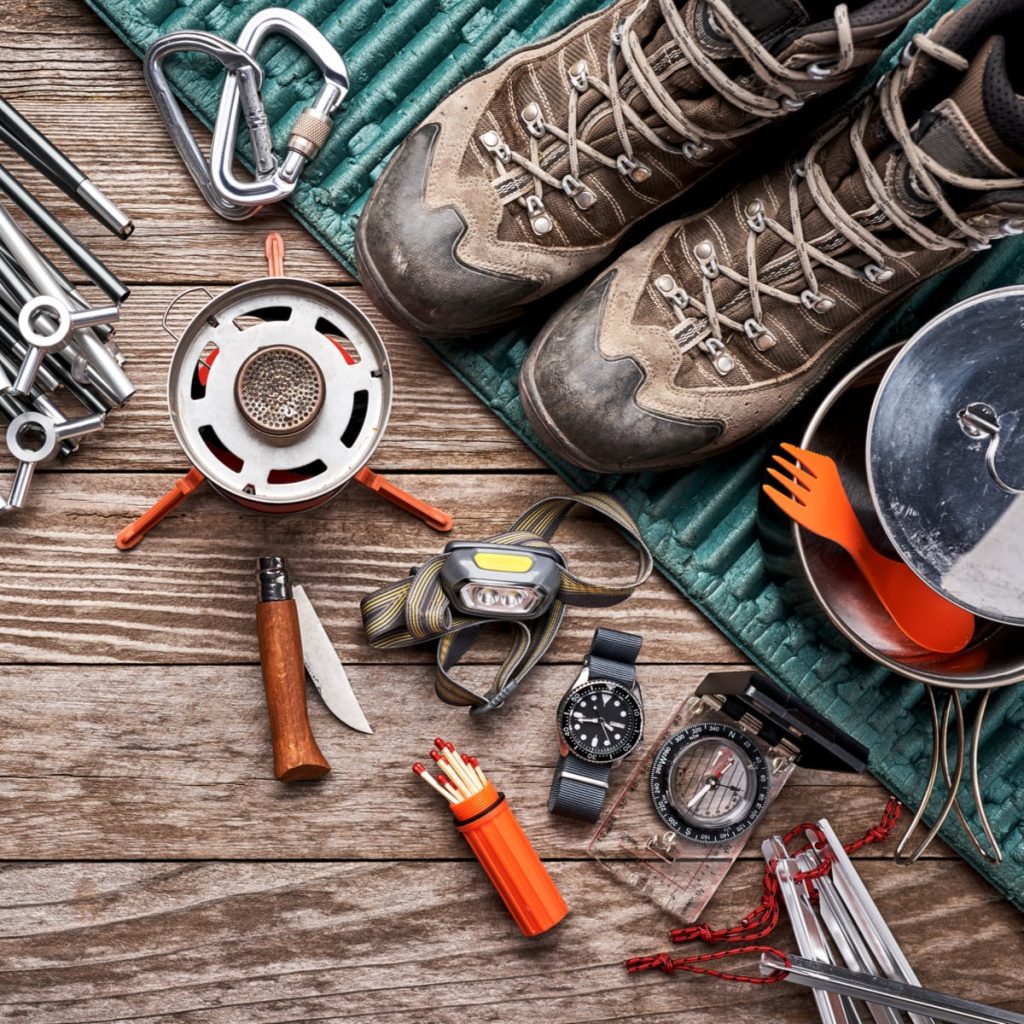
Whenever you’re solo hiking there’s going to be gear and equipment that’s a bit more crucial than if you were to hike in a group. Cherish your life by always being well prepared. Here are the following items I ALWAYS take when I hike alone.
First Aid Kit: I think this one is pretty self explanatory.
Headlamp: not a regular flashlight. If you’re alone you’ll want a headlamp to keep your hands free. Remember, no one’s going to be with you to help you carry anything.
Lifestraw: You should always carry extra food and water with you regardless of whether you’re in a group or alone. However, the Lifestraw can literally mean the difference between life and death. You can use this to drink from the creek, pond, lake, river etc. without boiling your water.
This godsent piece of equipment is light and doesn’t take up much room in your backpack so always carry it with you on your solo hikes.
Whistle: A whistle can save your life if you’re lost or trapped. Imagine how your voice would feel after an hour of screaming for help. Not to mention, a whistle can be heard much farther away than your voice.
Plus, it’s so small and light that I carry one with me everywhere I go. I keep it attached to my backpack using a keychain. It’s also very effective for scaring wild animals.
To signal for help with a whistle simply blow three consecutive rapid bursts and wait a few seconds for a response. The three bursts stand for SOS.
Satellite Communicator: Literally the best gear you can take on a solo hike is a satellite communicator. These amazing communicators use GPS to locate your position and allow you to send and receive messages without cell service.
You can send your location to first responders from anywhere in the world. The downside is they’re a bit costly. Unfortunately, I haven’t gotten my hands on one just yet, but when I find which one is the best and test it out I’ll update you guys on the make and model.
Map: It’s good practice to take a map with you at all times. Not a map from your phone. You need an oldschool foldable map. They’re super lightweight, inexpensive and barely take up any room in your backpack, but they can save your life.
Flint Firestarter or Lighter: If you don’t know how to use a firestarter it’d be a good idea to start learning. Starting a fire is possibly one of the most important lifesaving skills we can learn as outdoorsmen and outdoorswomen.
However, if you haven’t found the time I perfectly understand. A waterproof lighter will do the trick. To build a fire, always remember, you start with tinder (no not the app) which is anything dry and paperlike that will catch fire quickly, then add twigs, followed by slightly thicker branches and keep moving up in thickness until you can burn a log.
Compass: Your map will do you no good if you can’t tell which way is north. Luckily, compasses are small, cheap, and don’t take up much space. You can keep one attached to the inside of your backpack with a keychain similar to how I mentioned carrying a whistle.
Don’t worry about getting a fancy high tech compass. Anything durable will be just fine.
Don’t Wear Headphones
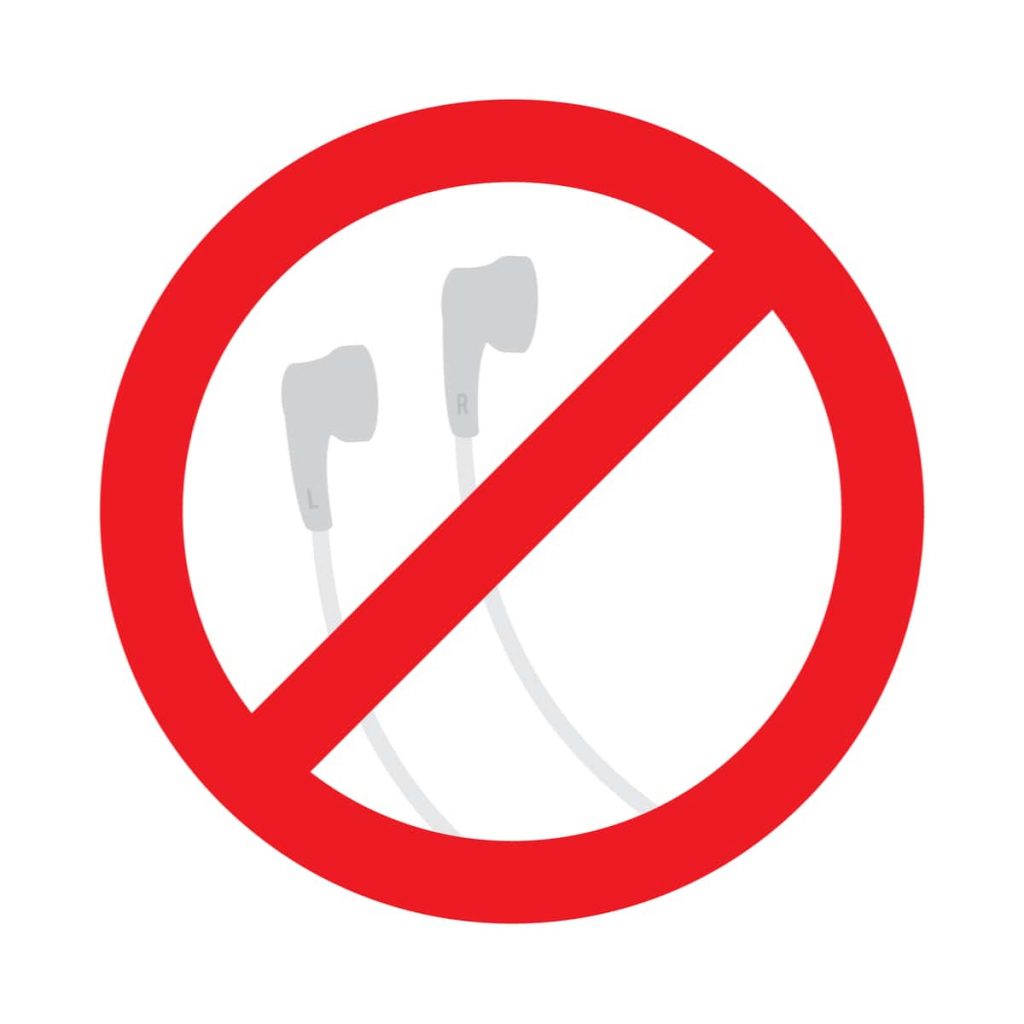
I love listening to music as much as the next guy, but the reality is we’re not taking a walk through the park. We’re on mother nature’s turf now, and that means danger can be lurking around any corner.
Bears, cougards, rattlesnakes, bad weather, these are just a few reasons why you want to be fully aware of your surroundings, especially on solo hikes. A more common reason is to be able to hear the bikers racing down the mountain. Yeah, you know exactly what I’m talking about.
It’s also nice to be courteous to hikers who are trying to pass you from behind. If listening to music for you is a must, keep the volume low and periodically remove your earphones to remain aware of your surroundings or keep only one earphone on.
Get Informed About The Wildlife and Terrain
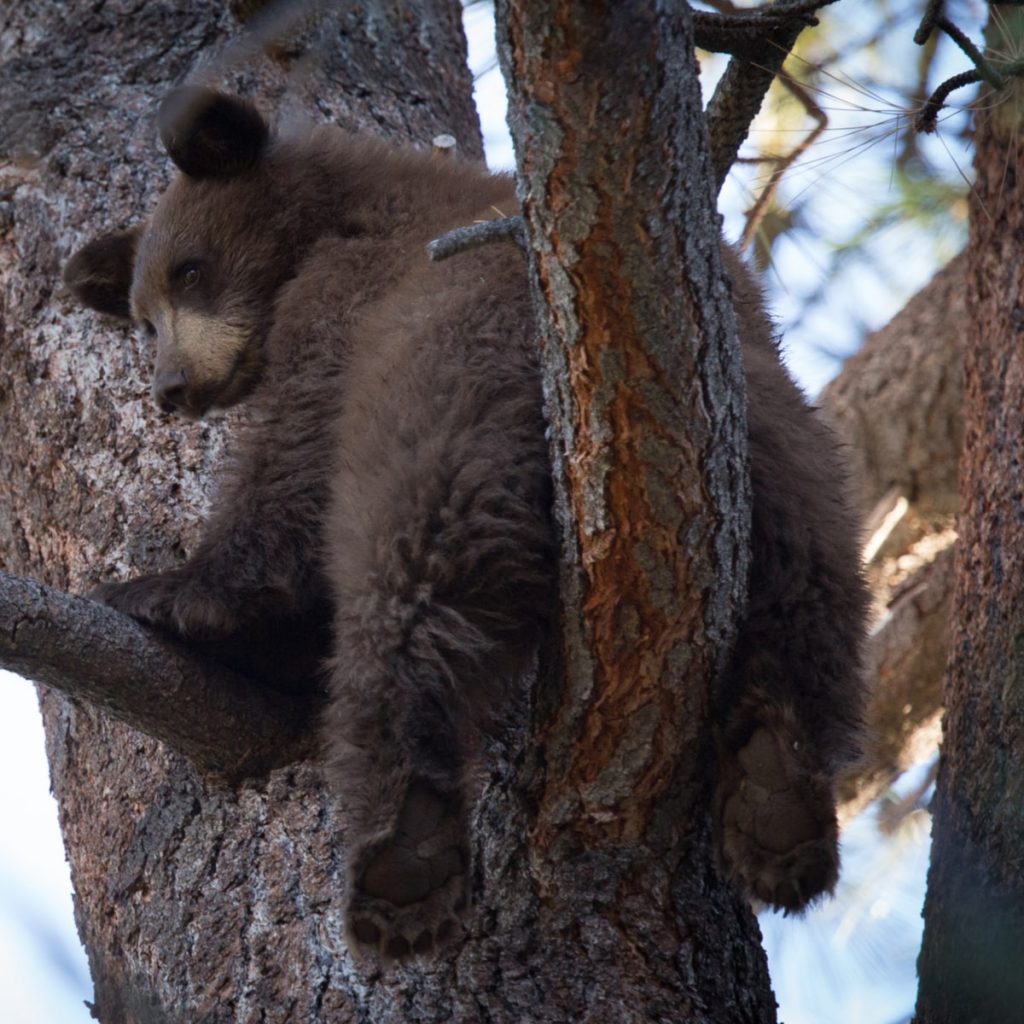
Confucius is known for his wise saying, “success depends upon previous preparation, and without such preparation there is sure to be failure.” When it comes to our lives and wellbeing we can never be too prepared.
Before your solo hike do some quick research (either online or by asking someone) to inform yourself about the types of wildlife you can expect and whether you should take additional gear. For example, some places suggest you carry bear proof containers to eliminate food odors or bear spray for protection.
Certain areas may be known for natural disasters especially at different times of the year. Had you done your homework, you could have potentially avoided a serious catastrophe.
When you’re hiking alone, it is vitally important to know the area you intend to visit.
Don’t Venture Off The Trail

The fact that we’re outdoorsy means we have an adventurous spirit. However, I highly advise hiking off the trail when solo hiking. This is one of the easiest ways to get lost and never be found.
Here in Southern California we’ve had 2 hikers pass away in the mountains in the last 8 months. Both were hiking alone. One body was never found. Hundreds of hikers go missing every year in the US. Many resulted from venturing off the trail either intentionally or accidentally.
Bonus Tip: Even if you have a map with you and/or are using gps to track your hike, it’s a good idea to take pictures of the trail signs and noticeable landmarks along the trail to minimize your chances of getting lost.
Don’t Share Your Plans On Social Media

Mother nature is not the only threat when you’re solo hiking. The sad truth is there are people in the world who have ill intentions towards others, and they’re looking for any chance they can get to cause harm.
If you plan to hike alone, do not share it on social media. At the very least don’t mention you’re hiking alone. This rule applies even more so to the ladies.
The area where I grew up hiking had graffiti everywhere. Many people who were involved in gangs and crimes would go up to the mountains to use drugs and vandalize whatever they could get their hands on. It’s sad but it’s reality.
If you live in a very safe area, this rule may not apply as much to you, but why not decrease your chances of running into a crazy person if you can.
Trust Your Judgement
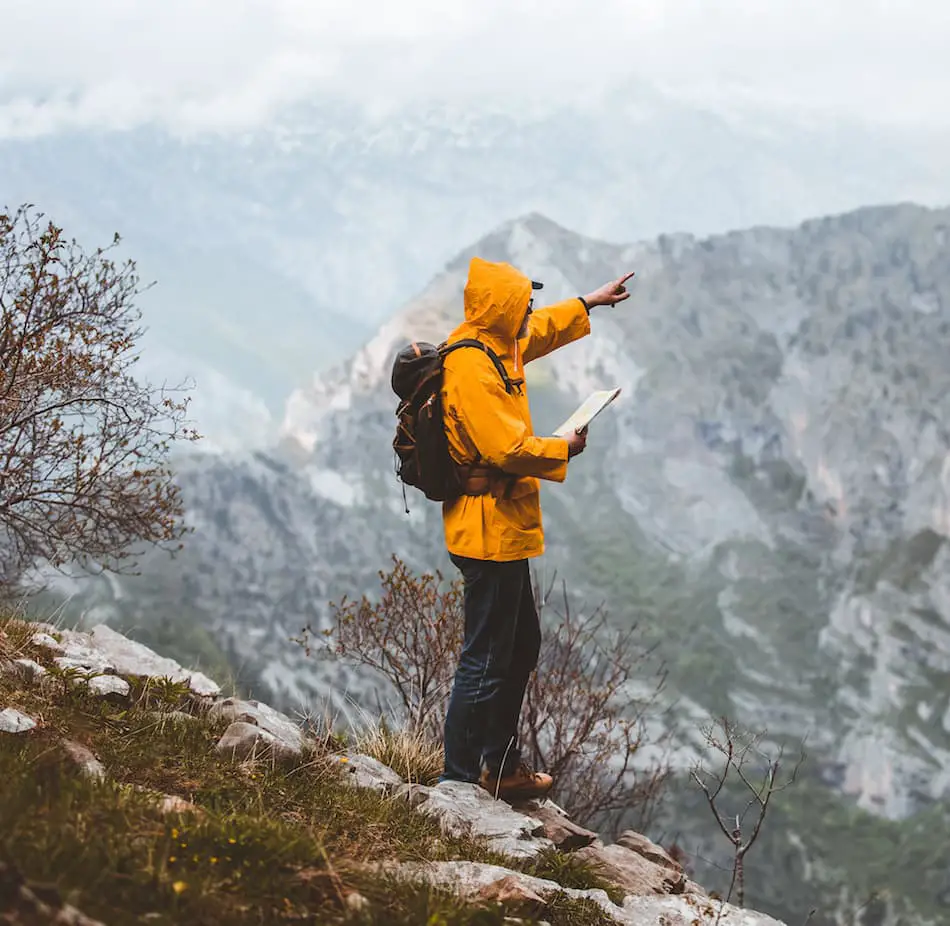
We’ve all had the gut feeling where we sense something is wrong, but we don’t listen to ourselves and we end up paying the price. When you’re hiking alone, always trust your judgement
If you see bad weather forming and you think you should head back, listen to yourself. If you think you saw a cougar run off into the woods, head back. If you ran into a person who gave you a bad vibe, it’s probably a good idea to call it quits.
Solo hiking is not the time to take risks.
Don’t Push Your Limits
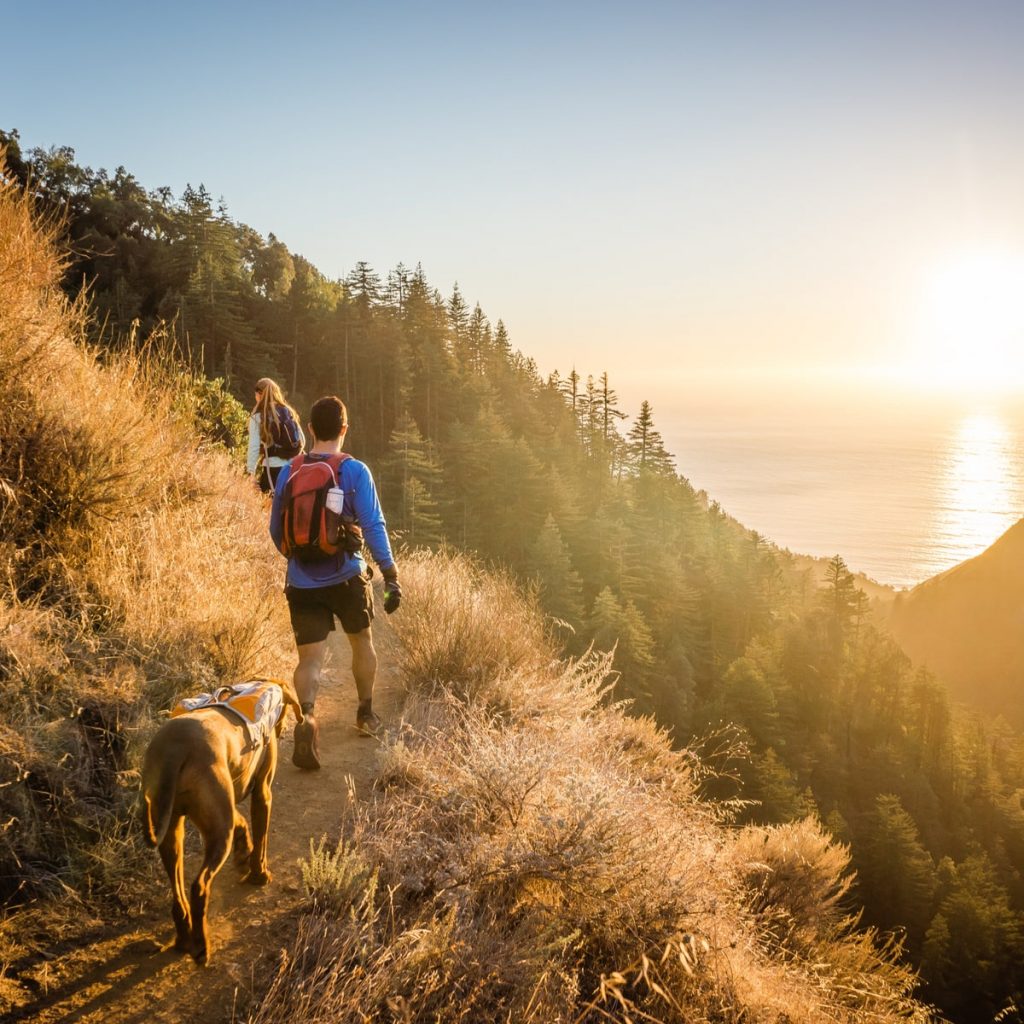
I’m a very competitive person, so I’m always competing even if it’s against myself. When I’m hiking alone, however, I like to focus more on relaxation rather than trying to break new records.
“The ones who push the limits discover that the limits sometimes push back.” – Frosty Hesson from the movie Chasing Mavericks. Pushing yourself past your limit is great, but it increases the chances of something going wrong.
Remember, when you’re alone, the objective is to reduce all risks. Instead of rushing, try to focus on unique plants and animals that you hadn’t seen before. This will help you soak it all in while keeping you aware of your surroundings.
Choose a Popular Trail With Signs
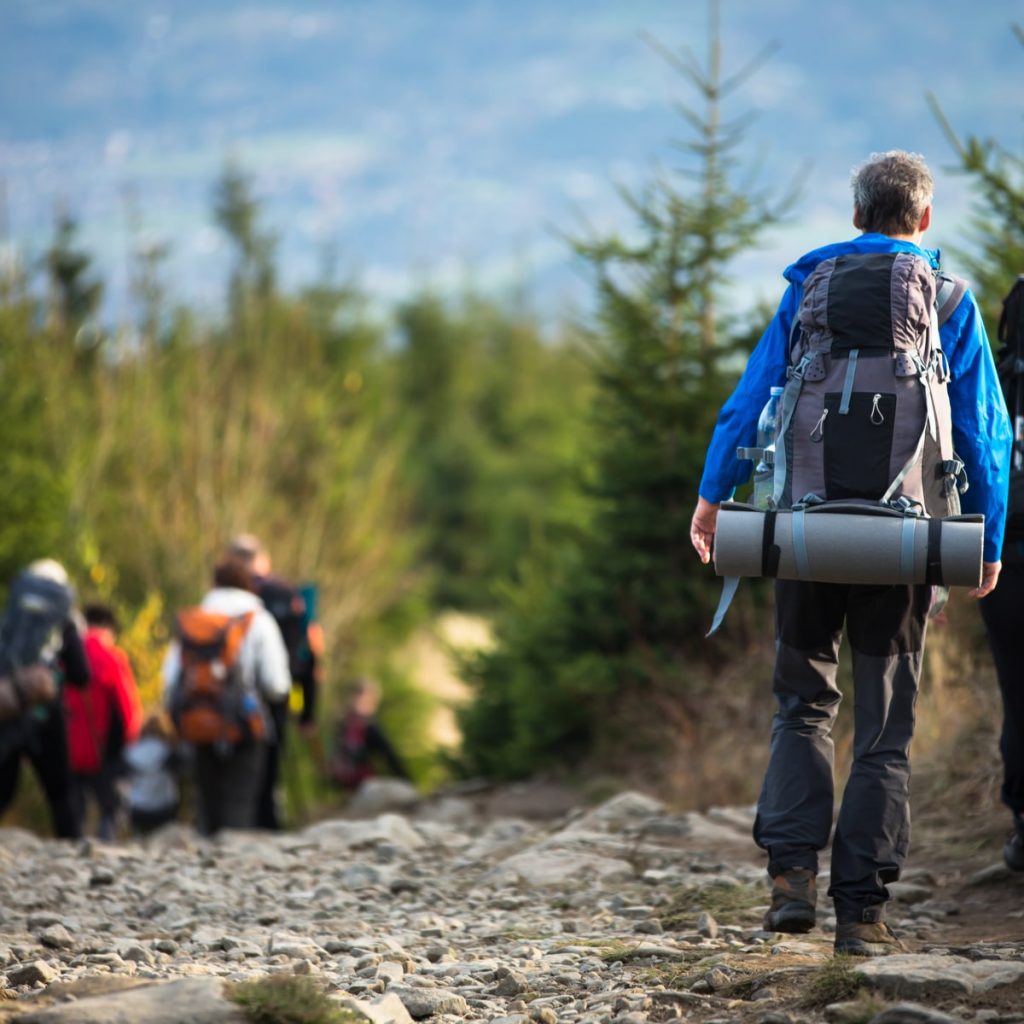
One of the best ways to stay safe is to choose a trail that has a decent amount of hikers on it. If anything goes wrong, it’ll be nice to get help from a fellow hiker. Choosing a well trafficked trail also ensures the trail is not overgrown and thus leading to a lower chance of getting lost.
The second criteria is to make sure the trail has signs. You don’t want to accidentally take the wrong trail and find out 3 hours later. You can check to see if the trail has signs by calling the ranger station or going online and looking up pictures, but the former would be much more effective and easier.
There’s a huge misconception about hiking alone. If you take all the necessary precautions, however, you’ll find that solo hiking can be just as safe and more enjoyable than hiking with a group.
You’ll notice more things, go at your own pace, and allow you to learn new things about yourself. I always feel more connected to mother nature when I’m hiking alone. I hope these tips keep you safe, allow you to enjoy solo hiking as much as I do, and remember, leave no trace.
Other Guides You May Like
This Gear For Winter/Snow Hikes Is Non-Negotiable
Although stunningly beautiful, venturing into the mountains after a snow storm can be extremely dangerous. Avalanches, getting lost, hypothermia, and frostbite all pose a real threat. Here in Southern California, multiple hikers go missing every year at Mt Baldy, a...
Top 12 Hiking Gifts 2024: For Men & Women
It's that special time of the year again! But don't worry, I got you covered with Christmas gift ideas for hikers of all ages. I'll start with the cheapest to the most expensive. Although I receive a small Amazon affiliate commission when you buy these products via...
10 Best Hiking Apps in 2024
One of the most crucial aspects of hiking is the planning. Hiking apps can help you check the weather, distance, elevation, parking information and so much more. However, as technology has progressed, hiking apps have become increasingly sophisticated to the point...
13 Crucial Hiking Tips to Consider for Seniors
Hiking is fantastic for physical and mental wellbeing, and it’s an activity any age group can enjoy. Seniors can get just as much satisfaction from hiking as younger people – it just takes a little more pre-planning. I’m here to help you along your hiking journey....
7 Tips for Staying Cozy and Dry While Hiking in the Rain
No matter how well you've planned a hike, the weather is one variable out of your control. But even so, you can still avoid getting drenched when the rain starts coming down while out on the trail. I’ve got lots of tips and tricks to share with you today on staying...
My Favorite 15 Hiking Songs For Your Outdoor Playlist
Hiking is a rhythmic activity. It’s about putting one foot forward and then the next and repeating the step again and again. To keep up this rhythmic pattern, hiking songs can be an excellent way. After all, music plays a pivotal role in all of my adventures. In...

